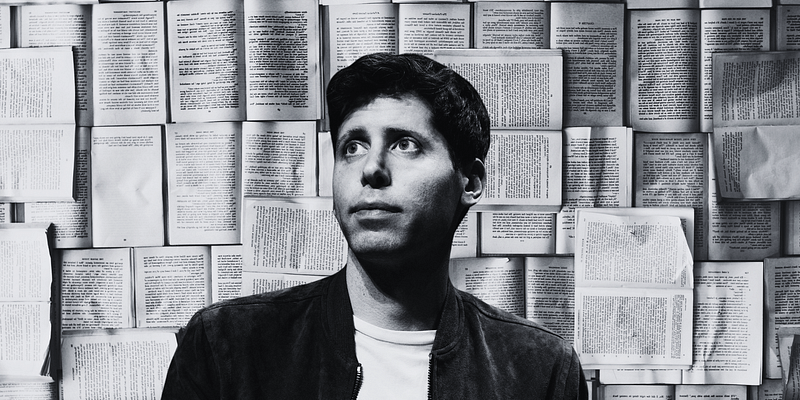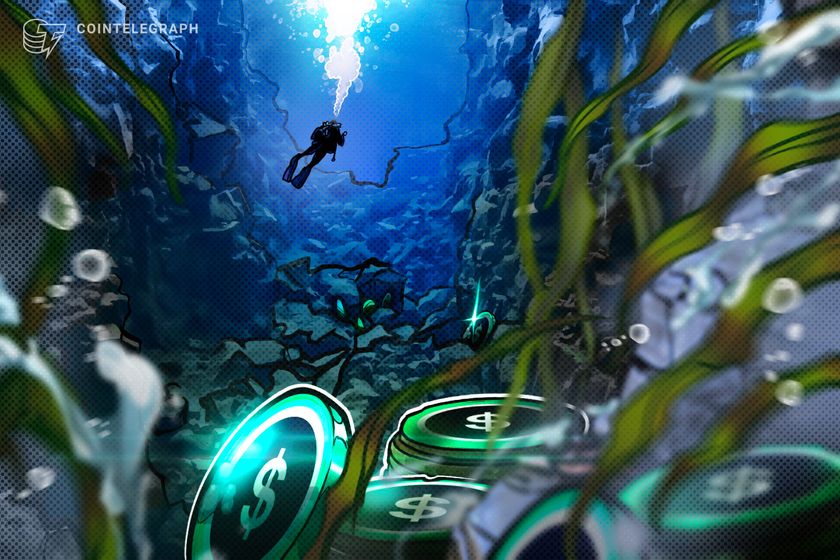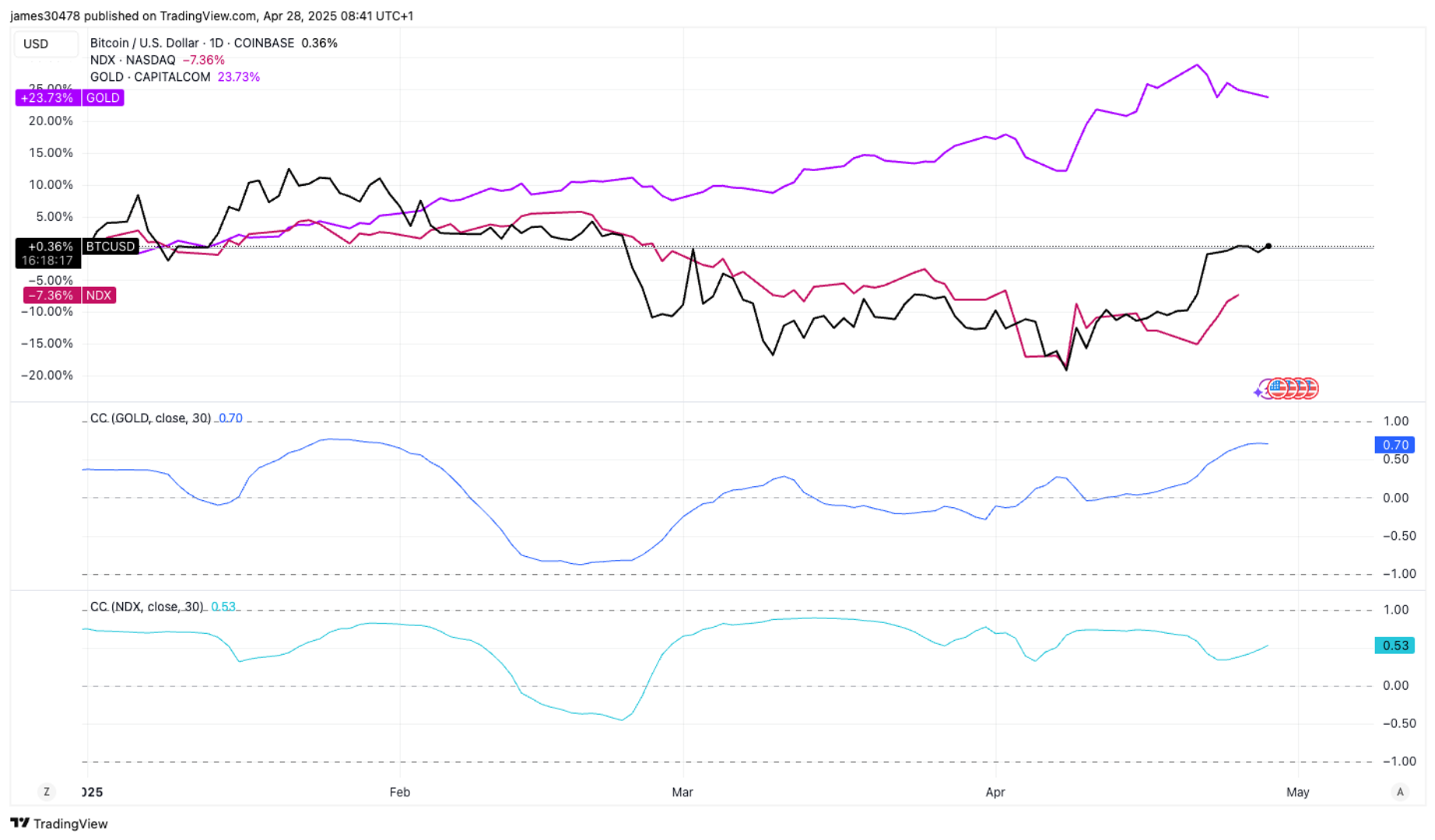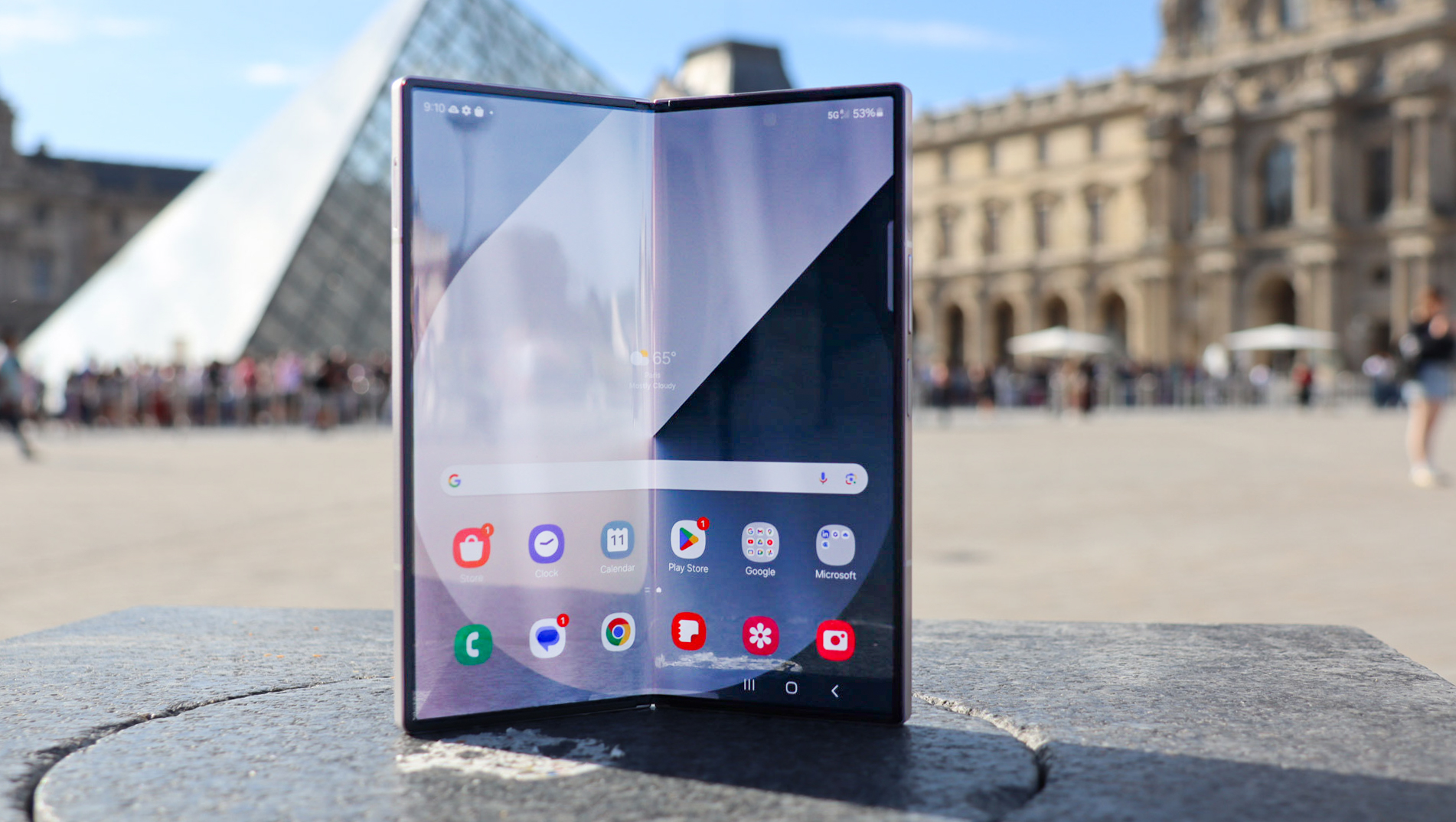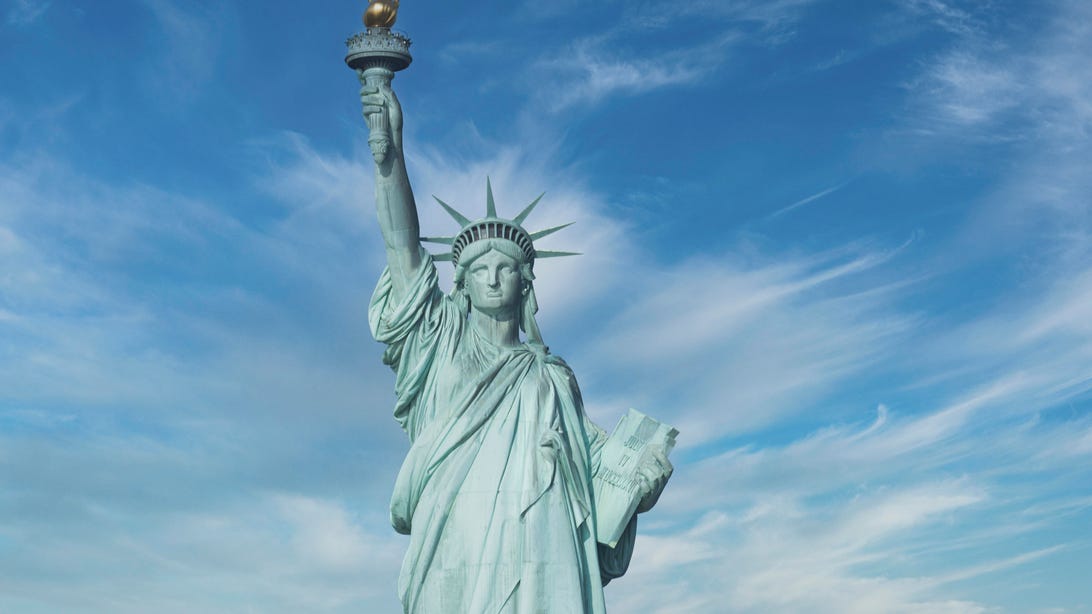How Spider-Verse Changed Animation Forever (And Why It Matters)
In 2018, Spider-Man: Into the Spider-Verse swung into theaters and shattered the animation mold. While studios like Pixar had long pursued...


In 2018, Spider-Man: Into the Spider-Verse swung into theaters and shattered the animation mold. While studios like Pixar had long pursued photorealistic perfection, Spider-Verse embraced a bold, stylized aesthetic that redefined what animated films could look like. This revolutionary approach didn't just win awards—it sparked an industry-wide evolution.
The Reign of Photorealism: Pixar's Dominance
For decades, Pixar set the gold standard for animation with its meticulous attention to detail. Films like Toy Story, Up, and The Incredibles showcased textures so lifelike—think individual fibers on Mr. Incredible's shirt or the intricate bark of a tree stump—that audiences often forgot they were watching animated features. This "Pixar look" became the industry benchmark, with studios striving to replicate its success.
The allure of photorealism was not just artistic but also financial. Investors favored the tried-and-true, leading to a homogenisation of animated films. Even when studios experimented with stylisation, as in Disney's Bolt or Monster House, they often reverted to the safe, realistic aesthetic by the time of release. The risk of deviating from the norm was deemed too great—until Spider-Verse changed the game.
Enter the Spider-Verse: A Stylised Revolution
Spider-Man: Into the Spider-Verse dared to be different. Directors Bob Persichetti, Peter Ramsey, and Rodney Rothman, along with producers Phil Lord and Chris Miller, envisioned a film that felt like a living comic book. To achieve this, they employed a mix of techniques:
- Non-Photorealistic Rendering (NPR): Instead of simulating real-world physics, the film used NPR to create stylised visuals reminiscent of comic art.
- Stepped Animation: Characters were animated on twos (12 frames per second) rather than the standard 24, giving movements a choppier, hand-drawn feel.
- Hand-Drawn Elements: Artists added lines, dots, and hatching directly onto 3D models, enhancing the comic book aesthetic.
This innovative blend of techniques resulted in a visual style that was both fresh and nostalgic, capturing the essence of comic books while pushing the boundaries of animation.
Impact and Legacy: A New Era of Animation
The success of Spider-Verse was not just critical—it was catalytic. The film grossed over $375 million worldwide and won the Academy Award for Best Animated Feature. More importantly, it inspired other studios to embrace stylisation:
- The Mitchells vs. The Machines (2021): Produced by Sony and co-directed by Mike Rianda and Jeff Rowe, this film utilised a painterly style with hand-drawn textures, echoing Spider-Verse's aesthetic.
- Puss in Boots: The Last Wish (2022): DreamWorks adopted a storybook look with simplified shapes and bold colors, moving away from their typical realistic style.
- Teenage Mutant Ninja Turtles: Mutant Mayhem (2023): Paramount's reboot featured a gritty, hand-drawn style that matched the rebellious spirit of its teenage protagonists.
These films demonstrate a growing trend: studios are now prioritising unique visual identities that serve their stories, rather than adhering to a standardised look.
Beyond Style: Storytelling and Representation
Spider-Verse's impact extends beyond visuals. The film's protagonist, Miles Morales, is a biracial teenager navigating his identity—a narrative that resonated with diverse audiences. By centering a character of color in a major superhero film, Spider-Verse challenged industry norms and opened doors for more inclusive storytelling.
Moreover, the film's success proved that audiences are eager for innovation. It encouraged studios to take creative risks, leading to a more vibrant and varied animation landscape.
The Web Continues to Expand
Spider-Man: Into the Spider-Verse didn't just entertain—it revolutionised animation. By breaking free from the constraints of photorealism, it inspired a new wave of creativity, diversity, and storytelling in animated films. As studios continue to explore stylised aesthetics and inclusive narratives, the legacy of Spider-Verse endures, proving that sometimes, the boldest moves come from swinging into the unknown.
![How To Align Your SEO Process With AI Discovery [Infographic]](https://imgproxy.divecdn.com/9P2R5ZZoepHyBzf0CW-n2EgWRhr-_OdwsznROe_GvnM/g:ce/rs:fit:770:435/Z3M6Ly9kaXZlc2l0ZS1zdG9yYWdlL2RpdmVpbWFnZS9haV9zZWFyY2hfaW5mbzIucG5n.webp)













































